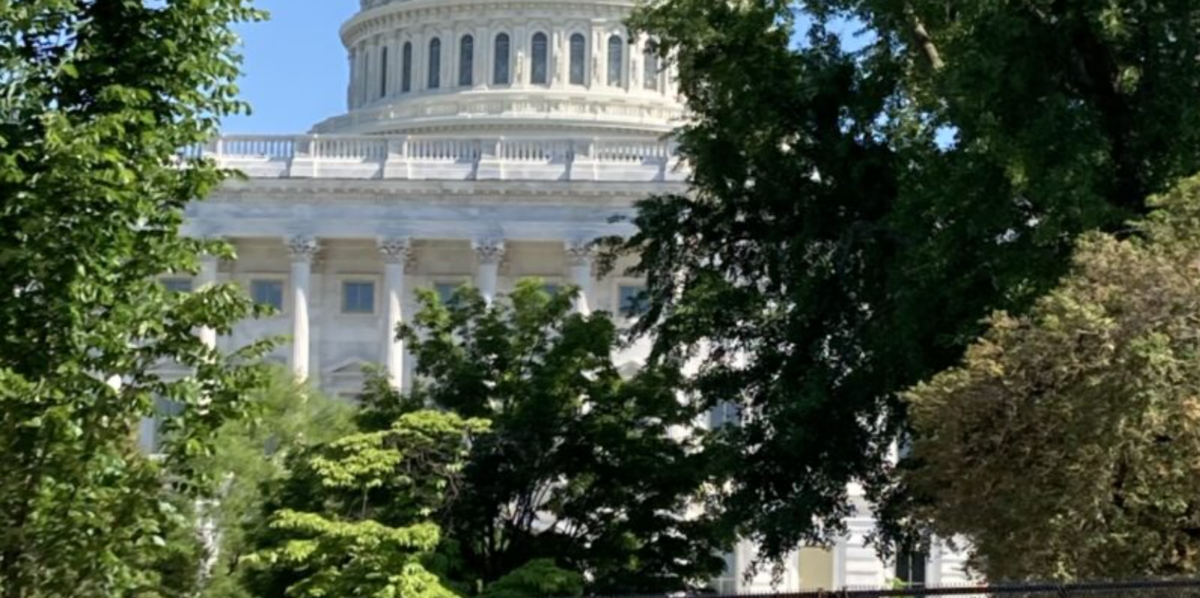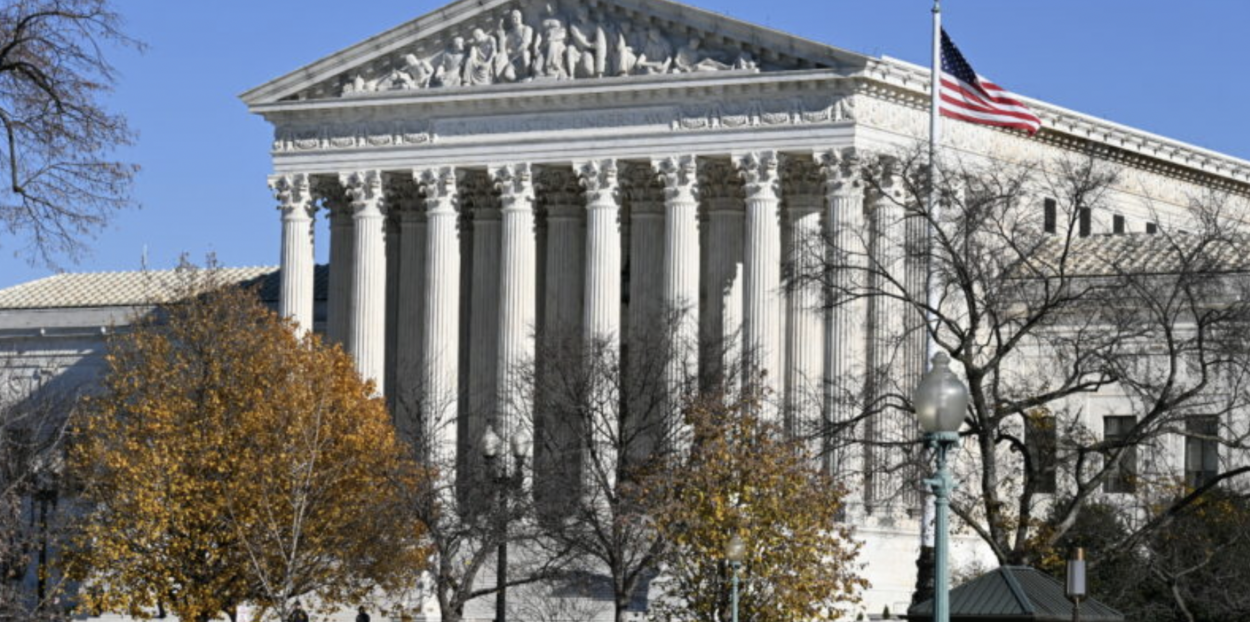Lawmakers from both parties have proposed the largest reforms to emergency management in almost two decades, introducing new legislation to fundamentally restructure America's response to natural catastrophes.
Under the proposed Fixing Emergency Management for Americans Act of 2025 (FEMA Act), federal emergency operations would be separated from the Department of Homeland Security and restored as a cabinet-level agency reporting directly to the President.
According to the bill’s sponsors, this structural shift would give disaster officials clearer, more direct access to the White House and elevate the visibility of emergency leadership during crises.
The bipartisan proposal was drafted by Washington Democrat Rick Larsen and Missouri Republican Sam Graves, with key support from Arizona Democrat Greg Stanton and Florida Republican Daniel Webster.
Greg Stanton, speaking Sunday, said the “bill puts survivors first and ensures help arrives when it’s needed most.”
Proud to join @RepSamGraves, @RepRickLarsen, and @RepWebster to introduce the bipartisan FEMA Act of 2025—the most significant disaster relief reform in decades.
This bipartisan bill puts survivors first and ensures help arrives when it’s needed most. https://t.co/fQLDvXjqvD
— Rep. Greg Stanton (@RepGregStanton) August 3, 2025
One of the most significant changes would simplify the application process for disaster victims, rather than submitting multiple forms to different federal agencies, individuals would complete a single, unified application. This form would automatically qualify them for all applicable federal disaster assistance programs.
Additionally, the plan would eliminate the need for local governments to front costs and wait months for reimbursement. Instead, funding would flow more quickly, within roughly four months of a disaster declaration, allowing for faster on-the-ground recovery.
While exact numbers vary, federal cost-sharing would increase for states with strong evacuation plans and disaster preparedness strategies, rewarding effective planning. Though the original proposal mentioned 65% to 85%, public sources confirm cost-share incentives exist, but specific percentages have not been finalized.
Unlike the current system, which limits housing repairs to basic safety fixes, the legislation would expand the level of eligible federal housing assistance, allowing for permanent, livable home repairs. Recipients would not lose eligibility for ongoing federal benefits while receiving this aid, a concern for low-income families in past disasters.
States would also gain more control in post-disaster recovery. They would be benefitted to prioritize local projects, set their own timelines, and rely less on outside consultants.
Environmental reviews would be simplified and quicker, and disaster prevention projects could be pre-approved at the state level, making them ready for funding as soon as an emergency hits.
To improve transparency, the bill would also create a public website displaying the allocation and use of all disaster funds, and prohibit political influence over relief distribution. Provisions to better fraud protections and modernize outdated regulations are also central to the bill.
According to the National Association of Counties and other local government groups, the majority of these reforms, especially the faster funding and simplified application process, respond directly to challenges that counties have complained about for years.
Although the bill still needs to pass both the House and Senate committees, the bipartisan support indicates that it may pass. It would be the most significant shift to disaster response since Hurricane Katrina if it were to become law.
















